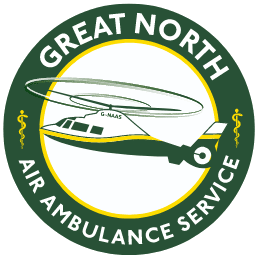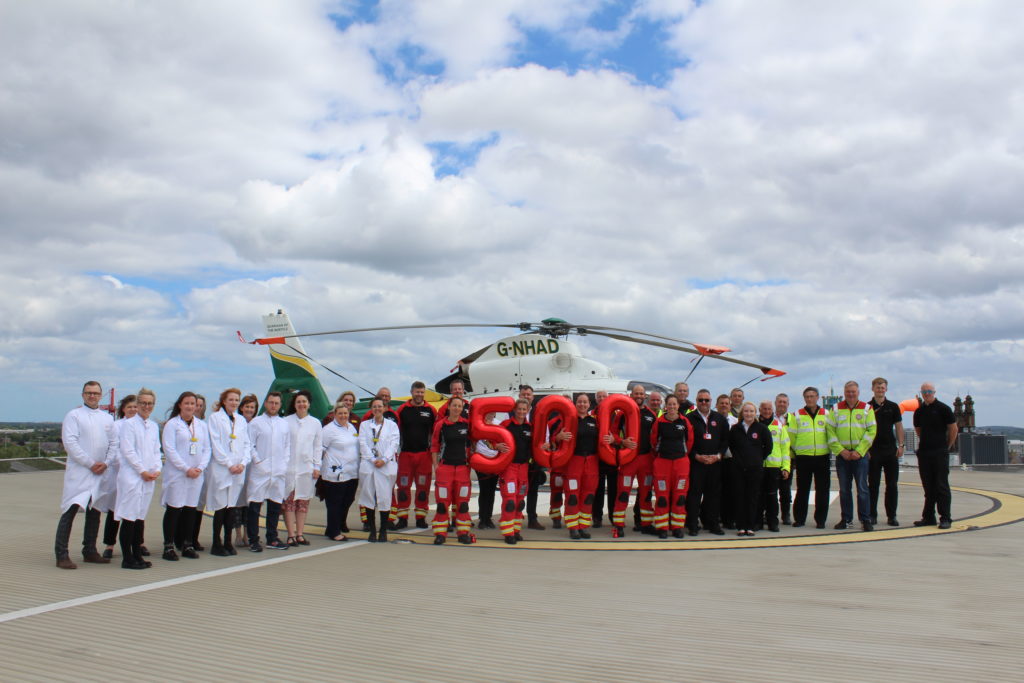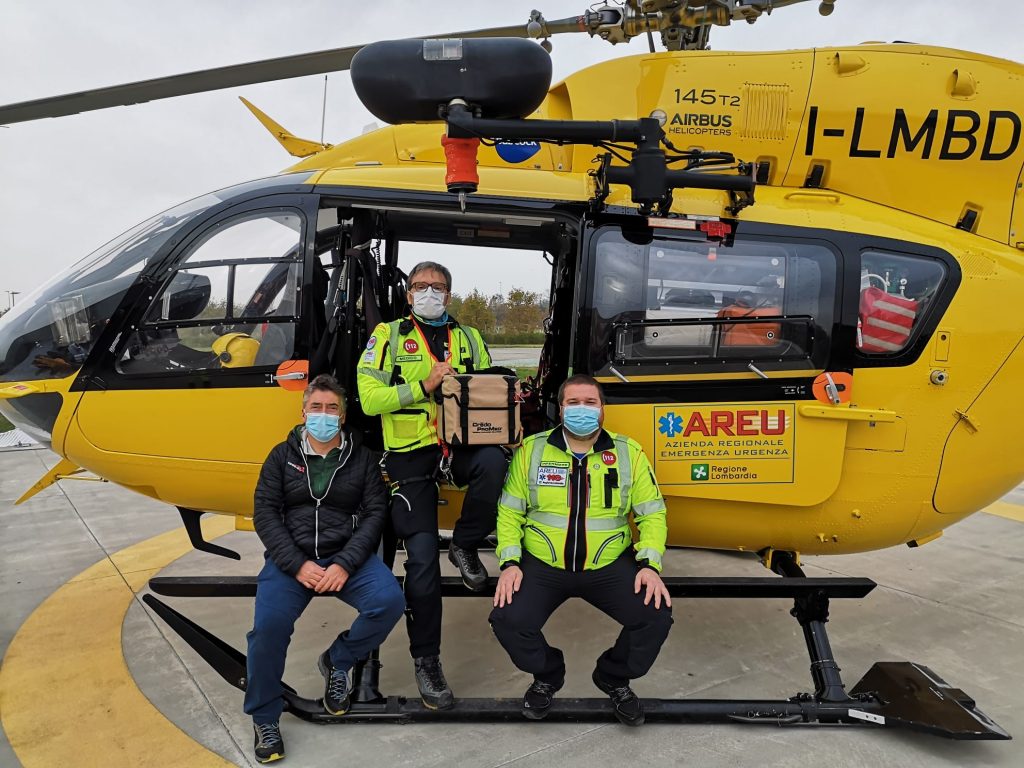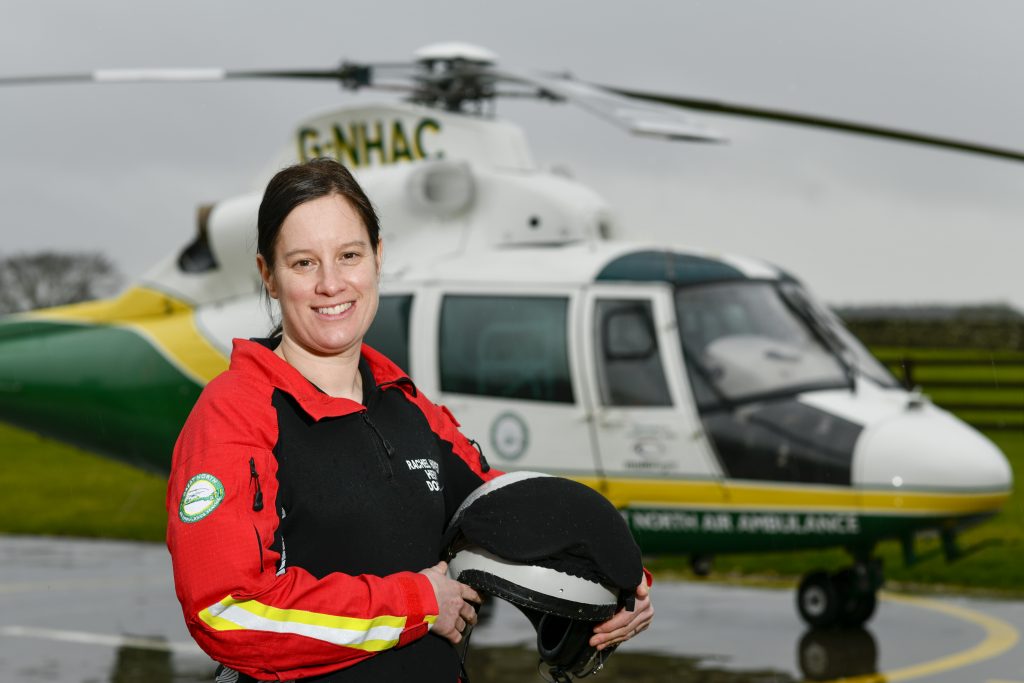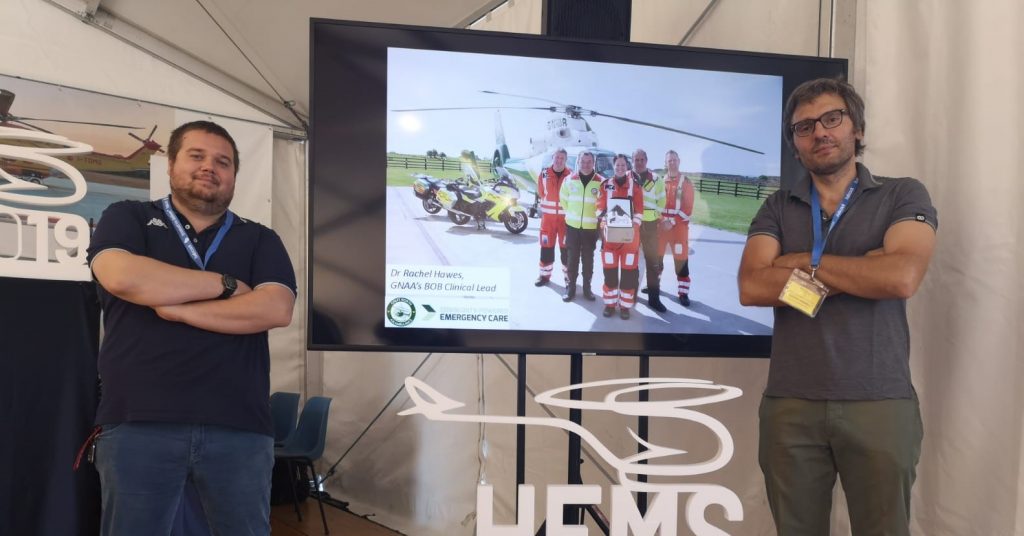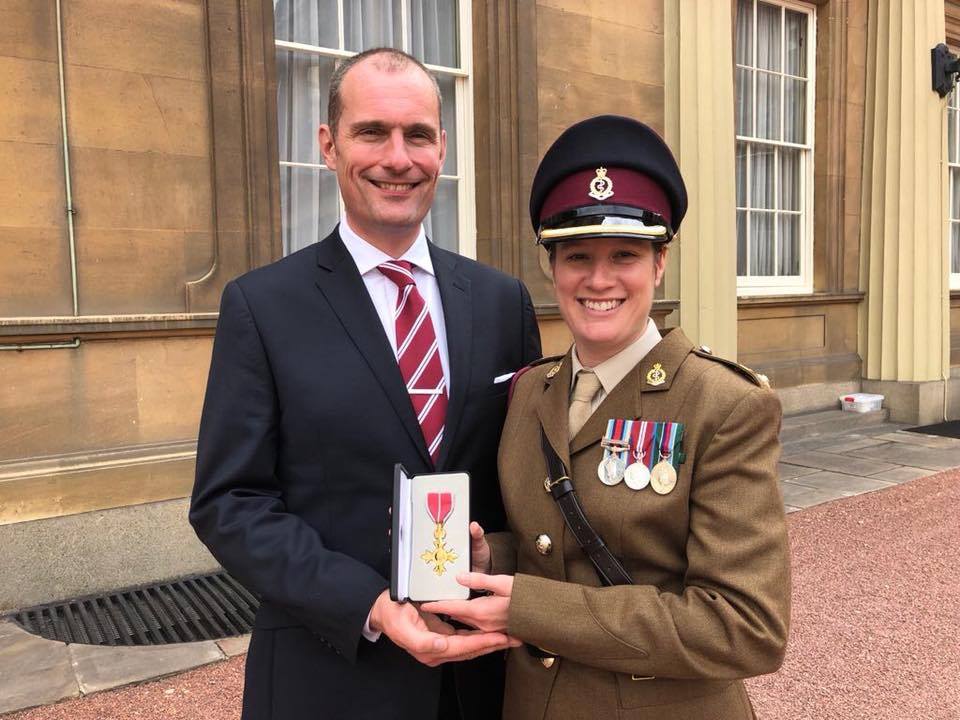Our clinicians regularly undertake research projects in order to improve clinical standards and to share learning with others.
Recent papers authored by our clinicians have appeared in the British Medical Journal and the official journal of the Association of Anaesthetists. The findings have led to the introduction of new techniques and equipment, as well as improved tasking to incidents.
Publications
To compare the mortality and morbidity of traumatically injured patients who received additional prehospital care by a doctor and critical care paramedic enhanced care team (ECT), with those solely treated by a paramedic non-ECT.
Helicopter Emergency Medical Services(HEMS) for secondary transfer of stroke patients eligible for thrombectomy could have a significant impact on outcomes for patients residing in areas remote from a thrombectomy centre (TC). Remote units can not sustain a 24/7 thrombectomy service locally and transfer to a TC is necessary. There are few data on cost-effectiveness of secondary transfer via HEMS to inform commissioning decisions.We are evaluating the cost-effectiveness of HEMS versus ground-based ambulance (GBA) for stroke thrombectomy in England.
Flynn D, Coughlan D, McMeekin P, Ford GA, Craig D, Rice S, Burgess D, Balami J, Mawson A, Lumley H, White, P.
Secondary Transfer of Stroke Patients for Thrombectomy by Air Ambulance in England: A Cost-effectiveness Analysis.
European Stroke Journal. 2018; 3(1S): 11.
The deployment of physician-led pre-hospital enhanced care teams capable of critical care interventions at the scene of injury may confer a survival benefit to victims of major trauma. However, the evidence base for this widely adopted model is disputed. Failure to identify a clear survival benefit has been attributed to several factors, including an inherently more severely injured patient group who are attended by these teams.
Hepple DJ, Durrand JW, Bouamra O, Godfrey P. Impact of a physician-led pre-hospital critical care team on outcomes after major trauma. Anaesthesia. 2019 Apr;74(4):473-479. doi: 10.1111/anae.14501. Epub 2018 Dec 5. PMID: 30516270.
The system of trauma care has been revolutionised over the last decade with the introduction of major trauma networks across the United Kingdom and the development of subspecialist national training in pre-hospital emergency medicine. Pre-hospital care providers feed trauma patients into trauma units or major trauma centres depending upon the severity of their injuries and their stability for a potentially longer primary transfer to access specialist major trauma services.
Frostick E, Johnson C. Pre-hospital emergency medicine and the trauma intensive care unit. J Intensive Care Soc. 2019 Aug;20(3):242-247. doi: 10.1177/1751143718783601. Epub 2018 Jun 28. PMID: 31447918; PMCID: PMC6693101

